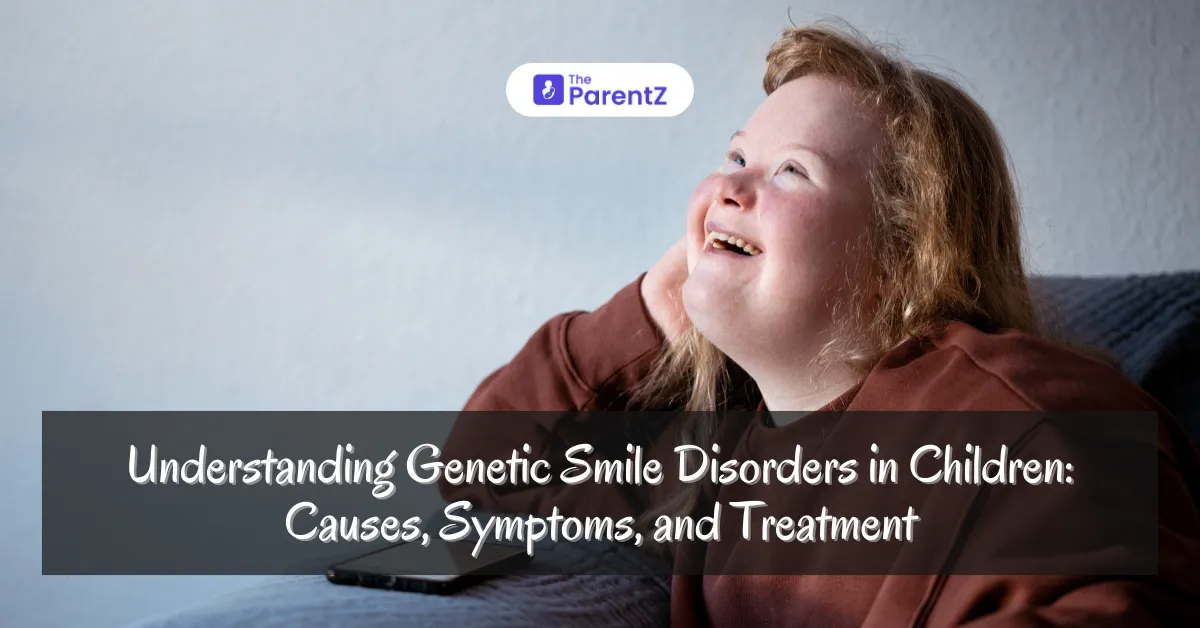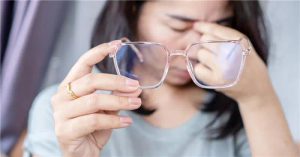A child’s smile is one of the most cherished aspects of their early years. However, for some children, their smiles may be impacted by genetic conditions that affect the development of their teeth and facial structure. These genetic smile disorders can range from mild cosmetic issues to more severe health concerns, affecting the way children smile, speak, and chew. In this article, we explore the different types of genetic smile disorders in children, their causes, symptoms, and potential treatment options.
What Are Genetic Smile Disorders?
Genetic smile disorders are conditions that result from inherited genes, affecting the development of the teeth, jaw, and other components that contribute to a child’s smile. These disorders can lead to a variety of dental and facial issues, including misalignment of teeth, abnormal tooth development, and deformities in the jaw and facial structures. While some of these conditions are apparent at birth, others may not manifest until later in childhood.
Common Genetic Smile Disorders in Children
1. Cleft Lip and Palate
Cleft lip and palate are among the most common congenital conditions affecting a child’s smile. A cleft lip occurs when the upper lip fails to fuse properly during early fetal development, resulting in a split or gap. A cleft palate occurs when the roof of the mouth (palate) does not fully form. These conditions can vary in severity, with some children having a mild cleft and others having a more pronounced gap that affects both the lip and palate.
• Causes: Cleft lip and palate are often caused by a combination of genetic and environmental factors. Specific genetic mutations may increase the likelihood of a child being born with these conditions.
• Symptoms: Visible gap in the upper lip and/or roof of the mouth, difficulty feeding, speech difficulties, and recurrent ear infections.
• Treatment: Surgical interventions are typically required to close the cleft and improve the child’s ability to eat, speak, and smile. Multiple surgeries and therapies may be necessary as the child grows.
2. Hypodontia (Congenital Missing Teeth)
Hypodontia is a condition where children are born with one or more missing teeth. In some cases, it affects primary (baby) teeth, but it is more commonly seen in the permanent teeth. The missing teeth can lead to issues with chewing, speaking, and self-esteem.
• Causes: Hypodontia is typically caused by genetic mutations that affect the development of teeth. It can run in families, and environmental factors may also contribute.
• Symptoms: Missing teeth, often present in specific areas of the mouth. Children may have uneven spacing or gaps in their smile.
• Treatment: Treatment may involve dental implants, bridges, or orthodontic interventions to correct the alignment of existing teeth and close gaps. Early intervention is important to prevent complications as the child grows.
3. Dentinogenesis Imperfecta
Dentinogenesis imperfecta is a genetic disorder that affects the development of dentin, the inner layer of the tooth. This disorder results in teeth that are discolored (usually a blue-gray or brown color), brittle, and prone to breakage. It can affect both baby teeth and permanent teeth.
• Causes: Dentinogenesis imperfecta is typically inherited in an autosomal dominant pattern, meaning a child only needs to inherit one copy of the gene from either parent to develop the condition.
• Symptoms: Discolored teeth, fragile teeth that break or wear down easily, and potential hearing problems due to associated abnormalities in the inner ear.
• Treatment: Treatment focuses on strengthening the teeth and preventing further damage. This may involve crowns, veneers, and other dental restorations. A comprehensive dental care plan is crucial to protect the teeth throughout the child’s life.
4. Amelogenesis Imperfecta
Amelogenesis imperfecta is a genetic disorder that affects the enamel, the outer protective layer of the teeth. Children with this condition may have discolored, soft, and thin enamel, making their teeth more vulnerable to decay and damage.
• Causes: The condition is inherited in either an autosomal dominant or recessive manner, depending on the specific genetic mutation involved.
• Symptoms: Teeth may appear discolored, worn, or pitted, with an increased risk of cavities and sensitivity.
• Treatment: Treatment options may include dental crowns, fillings, or fluoride treatments to protect the teeth. In some cases, enamel substitutes may be used to improve tooth appearance and function.
5. Malocclusion
Malocclusion refers to a misalignment of the teeth and jaw, which can result in an improper bite. While malocclusion can be caused by environmental factors such as thumb-sucking, it can also be a genetic condition passed down through families.
• Causes: Malocclusion can be caused by an inherited tendency for a particular jaw structure or tooth positioning. It can also result from a mismatch between the size of the upper and lower jaw.
• Symptoms: Difficulty chewing, jaw pain, speech issues, and uneven teeth that may not align properly when the mouth is closed.
• Treatment: Orthodontic treatment such as braces or aligners is typically used to correct malocclusion and realign the teeth and jaw. In some cases, surgical intervention may be necessary.
Importance of Early Diagnosis and Treatment
Genetic smile disorders in children can have long-lasting effects on their oral health, appearance, and overall well-being. Early diagnosis and treatment are crucial to ensure the best possible outcomes. Regular visits to the pediatric dentist are essential, as they can monitor the child’s oral development and identify potential issues at an early stage.
In many cases, early intervention can help prevent complications, improve function, and give children the opportunity to develop a confident smile.
Conclusion
Genetic smile disorders in children can present various challenges, but with the right treatment and support, children can lead happy, healthy lives. Understanding the types of genetic disorders that affect a child’s smile such as cleft lip and palate, hypodontia, and malocclusion, can help parents take proactive steps in managing these conditions. By seeking early intervention and working closely with dental professionals, parents can ensure that their children receive the care they need to maintain a healthy smile.






